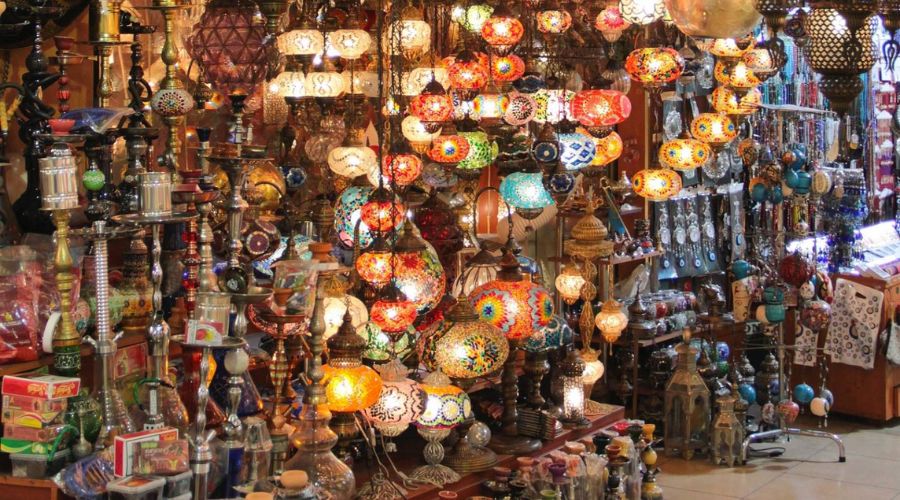You’ve probably heard of Little Andaman Island and the variety of water sports it offers, particularly scuba diving. However, most people are unaware of the artwork that can be seen in every store. A person’s experience shopping at Little Andaman Island is distinct.
Regardless of your experience level, there’s a certain allure to retaining a small amount (or a significant amount) of the local culture for your return home. Where do you go, though? What purchases do you make? Let’s work this out together.
Learn about Little Andaman Island’s many retail destinations before beginning your island-style shopping extravaganza:
1. Know the local culture.
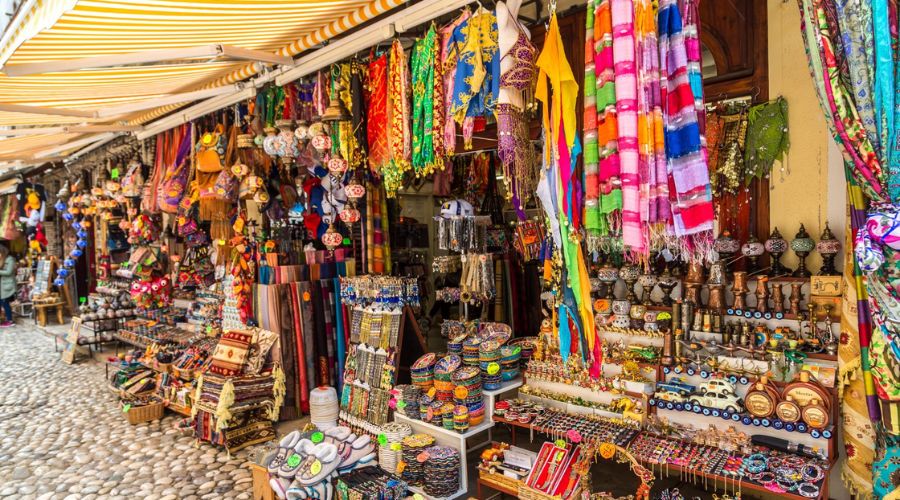
India is the home of many different civilizations, but the island cultures in particular are undoubtedly worth seeing. Little Andaman Island shopping provides an opportunity to explore and learn about the local way of life, in addition to the ability to buy unique keepsakes. Every shop and market you visit provides a window into the island’s past. Every item reflects a little of the island’s rich history and culture, from locally sourced spices to traditional handicrafts.
2. Unique Souvenirs

It’s common to associate shopping on Andaman Island with purchasing T-shirts and other Island-specific apparel, but let’s face it—forget about the typical fridge magnets and T-shirts. You can only get unique gifts at Little Andaman. Whether they are handcrafted fabrics, wooden relics, or jewellery made of shells, these things are valued because of their individuality.
3. Local Artisans Support
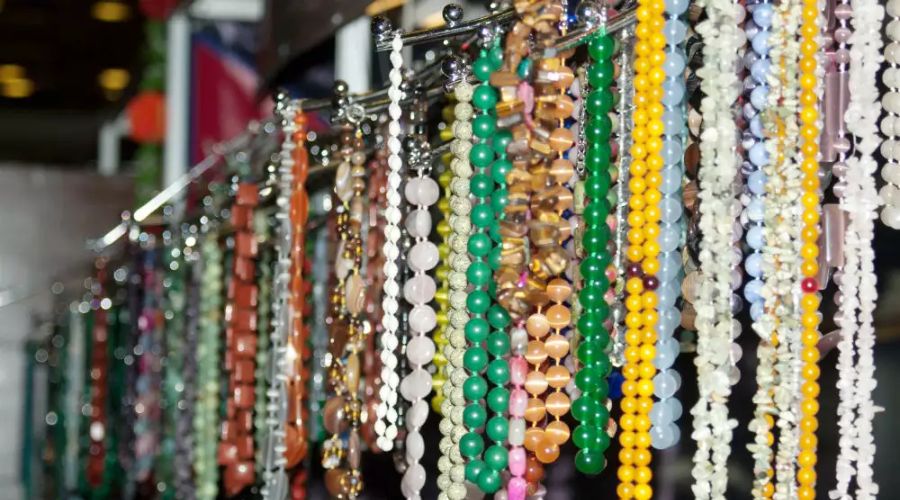
Thus, for local artists to display their styles and take their work to a worldwide audience, their skills must be nurtured. You don’t need to post anything special on your Instagram account to benefit the local artists; simply purchasing on Little Andaman Island would help them greatly.
Here are some of the famous markets on Little Andaman Island that you must visit:
1. Hut Bay Market
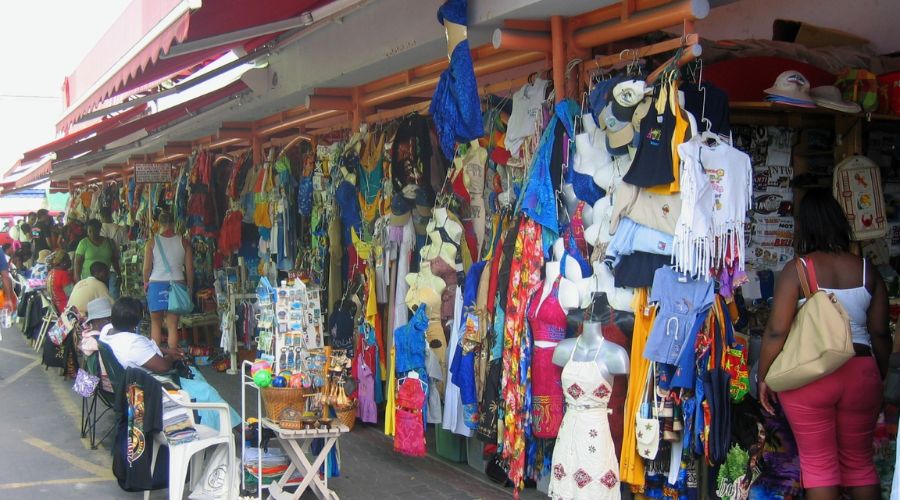
If you are the type of person who enjoys absorbing the local customs of every new location you visit, Hut Bay Market has everything you need to quickly feel like you are on Little Andaman Island. Hut Bay Market serves as the focal point for everything regional. This spot is perfect for jewellery lovers as it offers a wide variety of handcrafted items, including handmade craftsmen and gorgeous shell jewellery that is exclusive to the area. Fresh vegetables are also available. The price range of shell bracelets, necklaces, and earrings is between ₹100 and ₹500, making them reasonably priced and fashionable keepsakes.
2. Kwate-tu-Kwage Beach Souvenir Shops

Kwate-tu-Kwage Beach is ranked among the top 5 beaches on Little Andaman Island, not only because it’s a calm location for beachgoers but also because it’s a popular area for souvenir shoppers. This is the best spot to shop on Little Andaman Island if you’re seeking some of the best wooden products and handicrafts for your home décor. Beautiful handcrafted wooden goods, ranging from classic sculptures to tiny boats, are available in the stores here. The cost of an item might vary based on its size, with an approximate range of ₹200 to ₹2000.
3. Harminder Bay Market
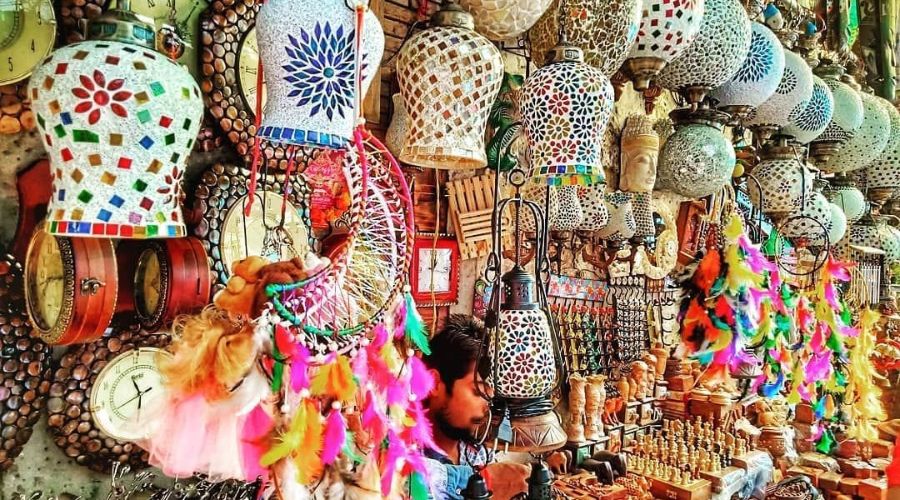
Here we are in what we consider to be the retail district of Little Andaman Island, a location that is somewhat less frequented by visitors but well-known for its island-inspired apparel. If you have a strong interest in vibrant sarongs and elaborately made scarves, this is the precise location to search for them. Not only that, but this market is well-known across Little Andaman Island for its local cuisine. Every component of the rich cultural tapestry of the island is reflected in the textiles here, and they all tell a tale. A basic scarf costs around ₹300, but a more noteworthy one might cost up to ₹15,000.
Conclusion
Before you make your trip to these marketplaces and buy the best local touch artefacts for your friends and family, keep a few things in mind.
Carry Light: To transport your goods, bring a roomy purse or backpack.
Remain Hydrated: Always carry a bottle of water with you because the tropical weather may be hot and muggy.
Cash is King: It’s wise to have adequate cash on hand, especially in smaller marketplaces, even if some establishments might take cards.
Respect local customs: When engaging with sellers, show them some courtesy and consideration. A small act of kindness has a big impact.
For more updates visit www.the pennywize.com.
FAQs:
Q. What Little Andaman Island retail destinations are the best?
A: Little Andaman Island’s Greatest Retail Locations: Hut Bay Market: The major retail centre on the island is situated in Hut Bay’s main town. A wide range of regional foodstuffs, fabrics, and handicrafts are available in tribal craft shops. These little stores, which are dispersed over the island, display the creations of regional Indigenous artists, like wood carvings, bamboo goods, and traditional jewellery. Guesthouses and Resorts: On the island, a lot of the resorts and guesthouses have stores inside that sell a variety of local goods and souvenirs.
Q. What distinctive goods are available on Little Andaman Island?
Handmade Goods from Little Andaman Island Edible Bird’s Nests: A rare species of swiftlet found on the island constructs its nests out of saliva, which is highly valued for its culinary and therapeutic qualities. Products made from coconuts: The island is home to a large number of coconut palms, and you may find a wide range of unusual products made from coconuts, including coconut oil, coconut jelly, and coconut vinegar. Customized Native Crafts: The Onge and Nicobarese tribes in the area are well-known for their exquisite and distinctive handicrafts, which include pottery, basket making, and wood sculptures.
Q. Where can I locate traditional Little Andaman Island items?
A: Tribal Craft Stores: These speciality stores, which are frequently owned by local tribal members, have the widest assortment of traditional goods, including ceremonial masks, musical instruments, traditional attire, and Hut Bay Market. The Hut Bay Market is an excellent location to purchase a range of traditional goods directly from regional manufacturers and craftsmen, including textiles and home goods.

